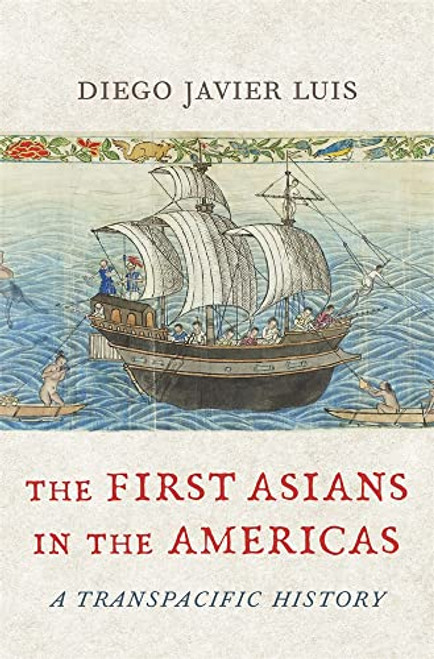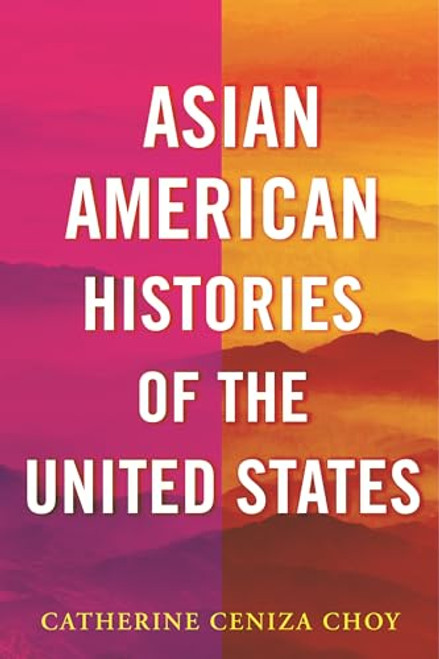Monterey Park, California, is a community of 60,000 residents, located east of downtown Los Angeles. Dubbed by the media the First Suburban Chinatown, Monterey Park is the only city in the continental United States with a majority Asian American population. Since the early 1970s, large numbers of Chinese immigrants moved there and transformed a quiet, predominantly white middle-class bedroom community into a bustling international boomtown. Timothy Fong examines the demographic, economic, social, and cultural changes taking place in Monterey Park, as well as the political reactions to change. Although the city was initially recognized for its liberal attitude toward newcomers, rapid economic development and population growth spawned numerous problems. Greater density, traffic congestion, less open space and parking, and strain on city services are problems that any city would encounter with rapid unplanned growth. The prominence of Chinese-language business signs, and ethnic restaurants, markets, and shops persuaded many older residents to focus blame on the immigrants. Fong describes how, by 1986, the once ethnically diverse city council became predominantly white and promoted such anti-Chinese measures as controlled growth and English as the official language. Unlike earlier waves of Asian immigrants, many of the Chinese who settled in Monterey Park were affluent and well educated. Resentment over their rapid material success was fueled by pervasive anti-Asian sentiment throughout the country. Fearing that newcomers were taking over and refusing to assimilate, residents supported a series of initiatives intended to strengthen community control. These initiatives were brandedas racist by development interests, as well as by many of the usually apolitical Chinese in the city. Fong chronicles the evolution of the conflict and locates the beginnings of its recovery from internal strife and unwanted negative media attention. He demonstrates how the para
The First Suburban Chinatown: The Remaking of Monterey Park, California (Asian American History & Cultu)
Brand: Temple University Press
$18.44 - $74.21
- UPC:
- 9781566392624
- Maximum Purchase:
- 3 units
- Binding:
- Paperback
- Publication Date:
- 1994-07-28
- Author:
- Timothy Fong
- Language:
- english











